The Diamond Trail Part 2: Mizukoshi Pass to Kimi Pass
The Diamond Trail is a nature trail that goes through the Kongo Mountain chain, which is located on the border of Nara and Osaka prefecture. Previously we covered the section of the trail from Tozurubo to the Mizukoshi Pass— the first one-third of the Diamond Trail. In this entry, we will cover the 15 km from the Mizukoshi Pass to the Kimi Pass, roughly taking 6 hours. It is quite a tough trail, but the great scenery of the forests and the mountain certainly makes it all energy well spent!
Getting to the Trailhead
Once you start the trail, it will likely take you roughly 7 to 6 hours to reach the Kimi Pass. Because the trail is so long and the bus service is so limited, you may not have that much time to relax on the top of the mountain. Also, in winter, there might be snow around Mt. Kongo, so if you decide to hike the trail at this time don’t forget your snow cleats!

Once you reach the end of this section of the Diamond Trail at the Kimi Pass, the nearest station is the Nankai Kimi-toge Station (on the Koya line), which is 30 minutes away.
Diamond Trail: Part 2
Mizukoshi Pass – Mt. Kongo
From Tondabayashi Station, we took the bus and arrived at the Mizukoshi Pass at around 9 o’clock. I guess it is popular to climb Mt.Kongo from the Mizukoshi Pass because as many as 20 people got off at the Mizukoshi-toge bus stop. Once you get off the bus, you will easily find the trail as you head up the hill for a couple of minutes.


Once the mountain trail starts, you will see that the trail is composed of a long series of stairs that go all the way up to the top of Mt. Kongo. Even though this might just sound like quite a trek, it is actually a really nice, calm hike. It took about an hour and a half to the top of the mountain.
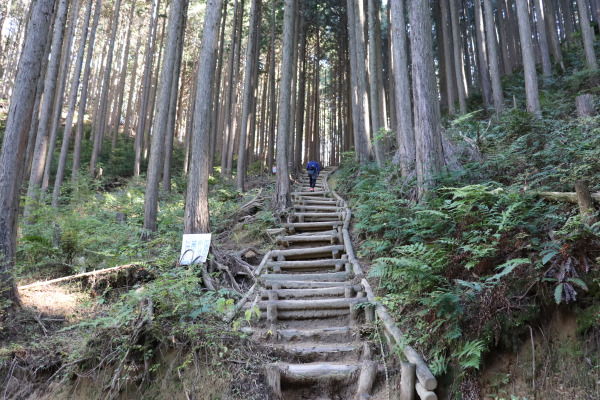

Mt. Kongo
Though the Diamond Trail splits off from the Kongo Mountain Trail near the torii gates just before the summit, I think you should spend a little time around the summit, especially if you have never been to Mt. Kongo. It is the tallest mountain in Osaka and the scenery from there is so pretty! There are large open fields and many people ate their lunch there. It would be nice if we could eat there too, but unfortunately, we didn’t have time…
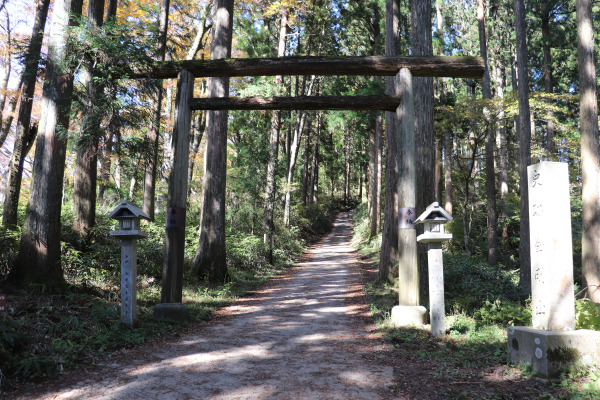

When we came to Mt. Kongo in winter, it was quite different as it was completely covered with snow.

Mt. Kongo – Mt. Jimpuku
From the torii, the trail starts to head south, through Chihaya Park. There was a hostel in the park and also there was the ropeway, but the ropeway service is suspended. It’s a pity because I know this ropeway makes it much easier for people to walk the Diamond Trail.
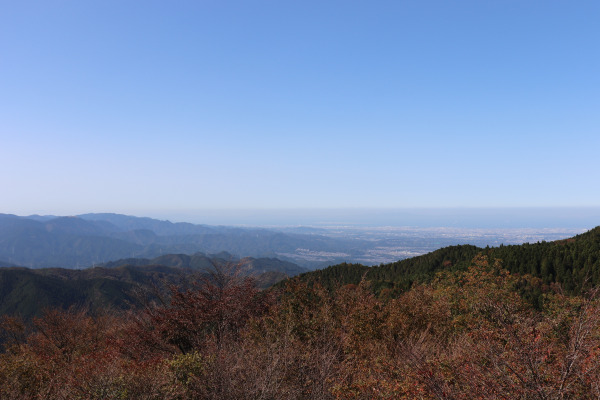

30 minutes after Mt. Kongo is the Fushimi-toge Pass. Here, the Diamond Trail completely separates from the Kongo Mountain Trail. After this point, there are fewer and fewer people, so the forest becomes very calm and almost silent. Also, the trail is much easier once you get to this part of the trail.
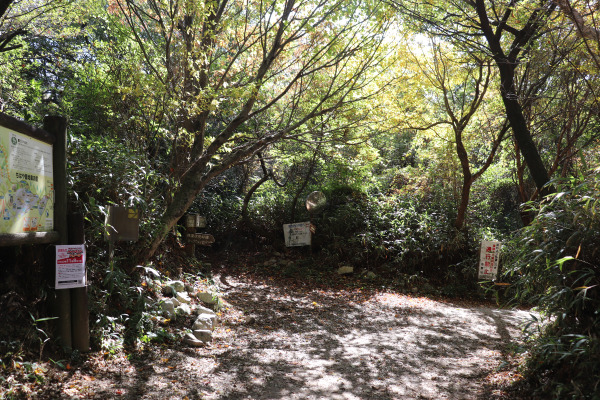
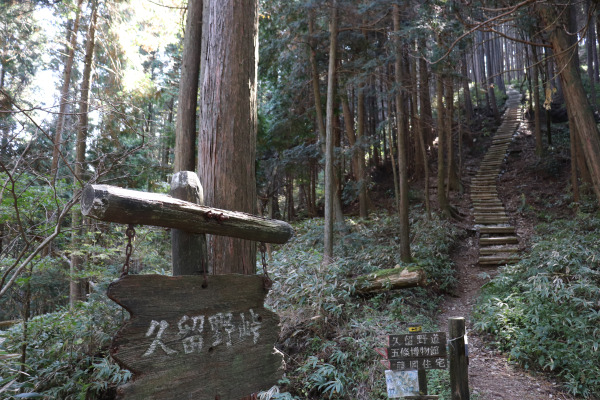
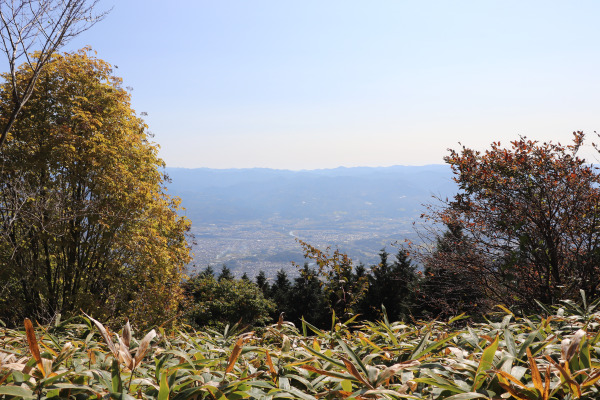
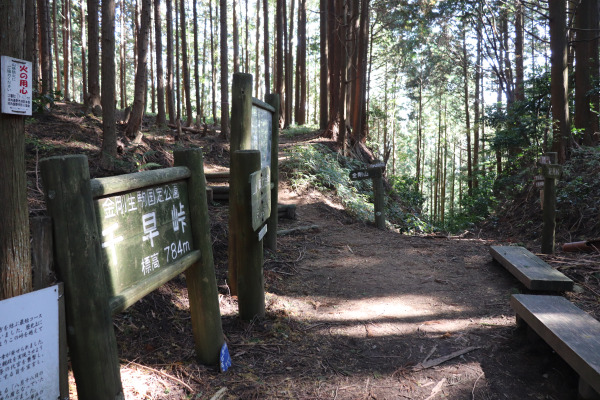
Mt. Jimpuku is an interesting place, in that Sasao Shrine is on top of the mountain. Though it is a really small shrine it is one of the “28 Mounds of Shugendo”, and is where the founder of Shugendo, Enno Gyoja, officially began his practice and buried his sutra, a very sacred place indeed. Since the practice of shugendo focuses on seclusion, all of these mounds are located fairly deep in the mountains.
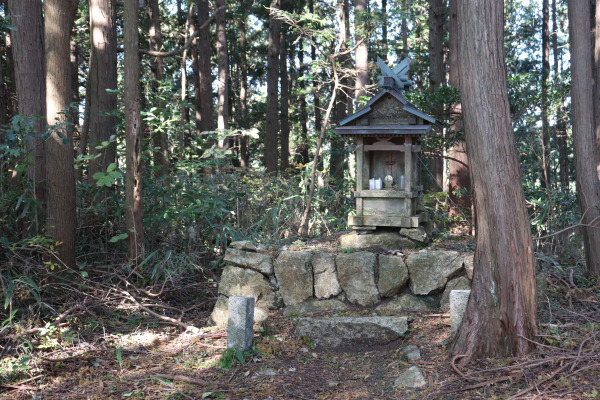
Mt. Jimpuku – Kimi Pass
After Mt. Jimpuku, the trail gets really easy again. I dare say it might even feel somewhat monotonous as the trees are all quite similar. I am pretty sure if you walk this trail from the Mizukoshi-toge Pass you will be exhausted at this point, but trust me, it is almost done.
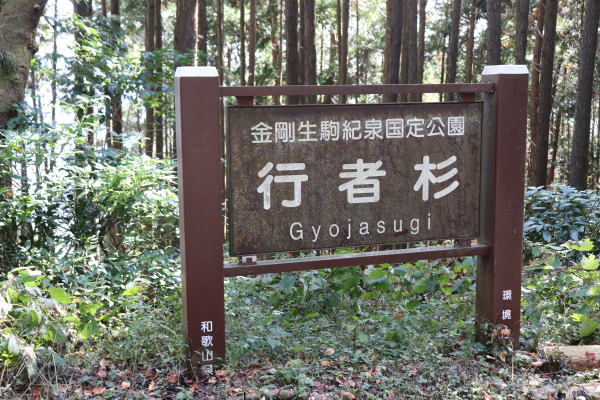
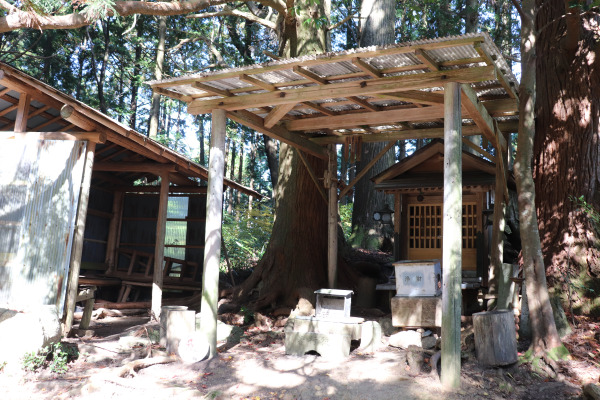
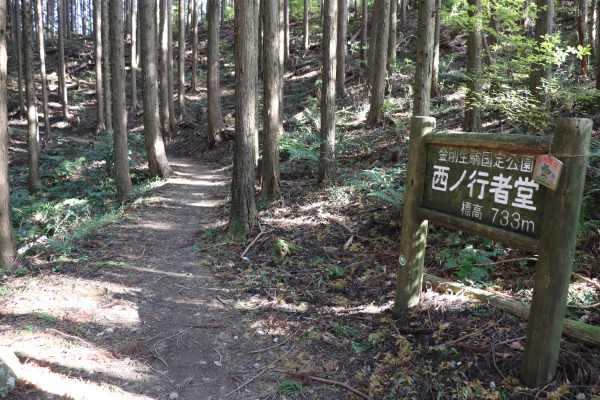
After Gyojya-do, there is another long set of stairs. To be honest, I don’t even remember how many flights of stairs there were here, the descent is about 300m! It’s a long way to go to reach the bottom!
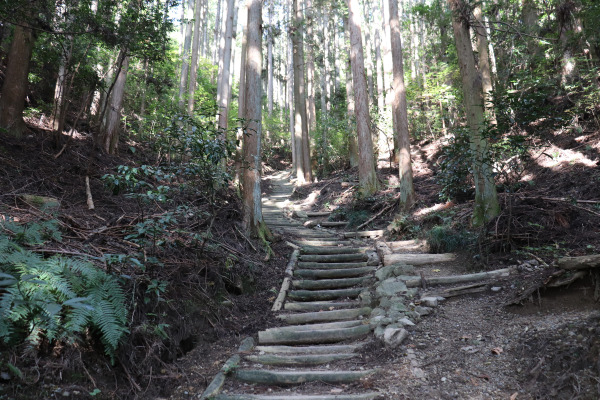
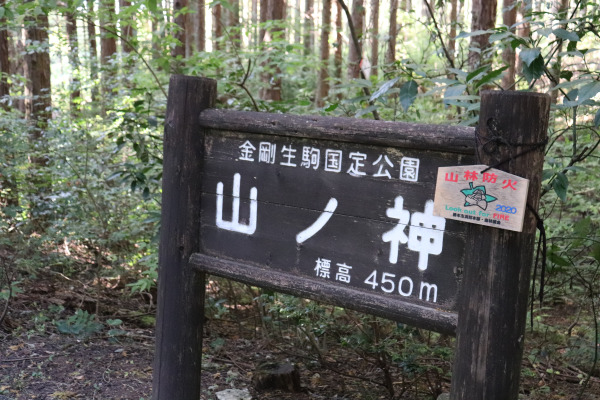
Finally and at last, we reached the Kimi Pass. The slope right in front of the mountain trail is Koya Kaido, which leads from Kyoto/Osaka to Mt. Koya. If you finish your hike here, walk the Koya Kaido for 30 minutes to reach the Nankai Kimi-toge Station (on the Koya line). If you want to continue the trail further, you can find the next section of the Diamond Trail just a few minutes from here. Though, keep in mind it takes 3 hours to Mt. Iwawaki, another 2 hours to Takihata, and another hour to Mt. Makinoo.
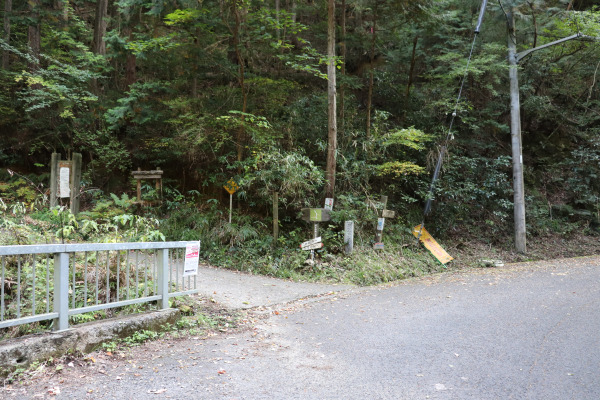

All in all, it was a 15km hike and took 6 hours for us to complete it. We arrived at the Kimi Pass a little earlier than we expected. This trail makes you so tired..but it was certainly fun!
Diamond Trail 2: Mizukoshi Pass to Kimi Pass
| Address |
|
| Website |
See here for the maps of Diamond Trail
|
| Access |
Mizukoshi Pass: 30 minutes walk from Higashi-mikumari bus stop of Kintetsu Bus from Tondabayashi Station Kimi Pass: 30 minute walk from Kimitoge Station of Nankai Koya Line |
| Estimate time |
7 hours
|
| Fee |
Free
|
| Additional Information |
|

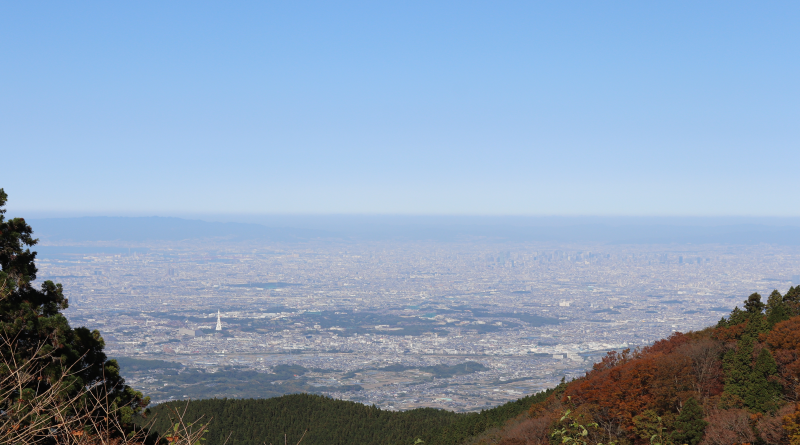
Leave a Reply